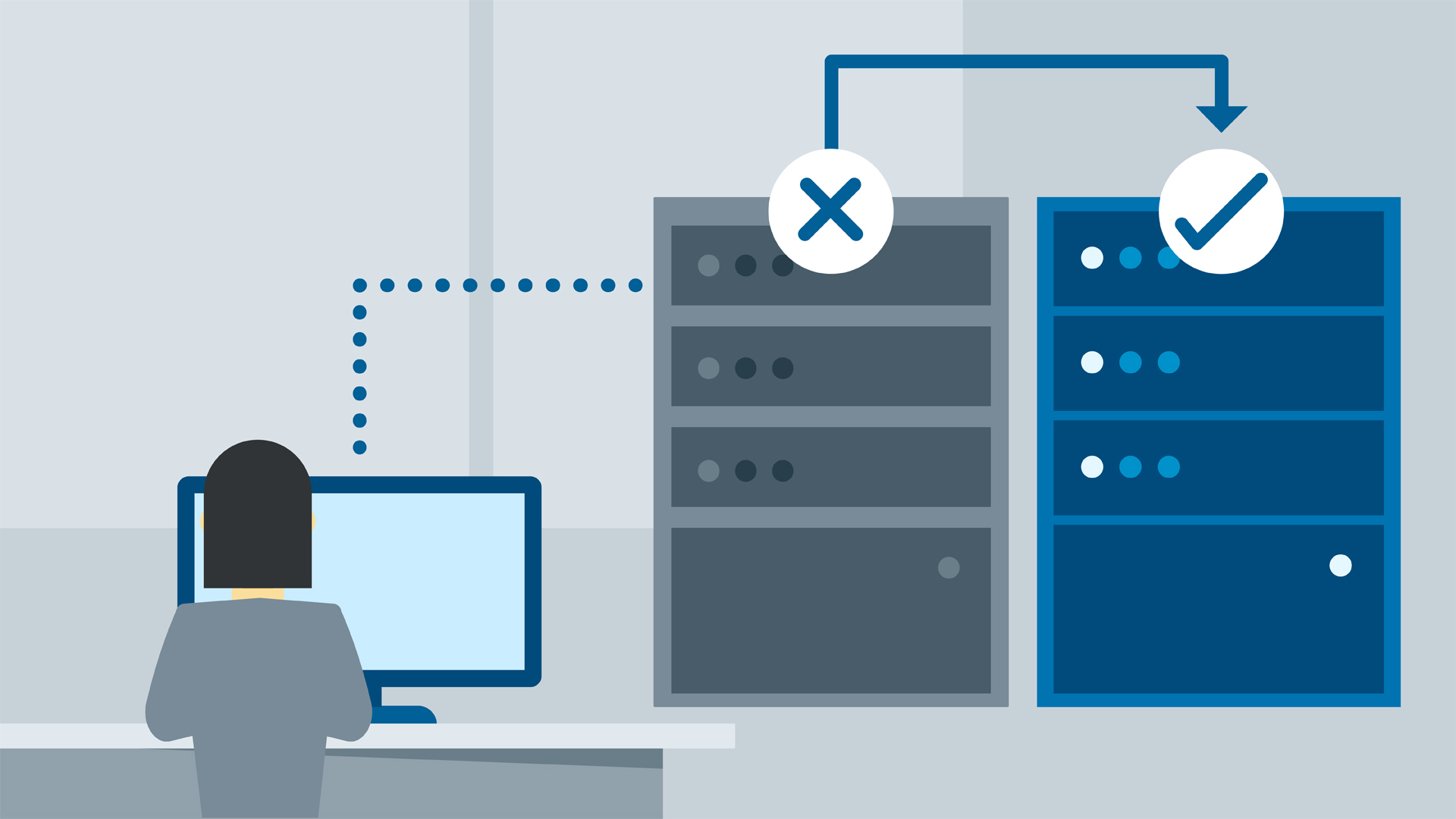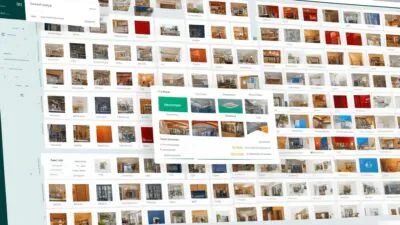FTC disclaimer: This post contains affiliate links and I will be compensated if you make a purchase after clicking on my link.
You would have heard of computer networks, Node, Host, Client, and Server many times in networking.
And, if you have not, then you would have gone through these networking components many times.
In networking, these terms are known as networking components or computer networking components needed for effective communication.
The computer networking components (Computer network, Node, Host, Client, and Server) are connected to transfer, serve or receive information.
We will look at the network component to tell what or when and how each network component is different and unique.
Understanding Computer Network
A computer network is a group of computers and devices connected to share information and resources through communication links.
Let dissect each part to understand better.
The group of computers and devices are known as communication elements. It can be anything such as computers, mobile, router, switch, hub, and more.
The communication links are those which help to connect communication elements. It can be optical fiber cable, coaxial fiber cable, wireless LAN, and more.
In a computer network, one device can send or receive information only when another device receives or sends information at the other end.
So, the computer network is complete only when the communication elements and communication links are properly placed, connected, and communicating.
The Internet is the biggest network. Therefore, it is also known as the network of networks. It is managed by multiple organizations to work effectively and efficiently.
Understanding Node in networking
A node is any physical device in a computer network that can either be a connection point, a redistribution point, or a communication point.
In other words, a node is a point or device that is part of a connected network that can send, receive or forward information.
Also, each device in a network must have a MAC address or IP address to be termed as a node.
Let’s again dissect each part to understand better.
A physical network node can be an active device that is connected to a network. These devices are capable of sending, receiving, or forwarding information over a communication channel.
Moreover, a node can be data communication equipment that helps in establishing a connection. It can be a hub, bridge, switch, modem, router, etc.
Also, a node can be a data terminal equipment that is considered as an end device. It can be a computer, printer, digital telephone, mobile handset, etc.
Identification of nodes
Every node in a network is identified either through an IP address or MAC address.
A MAC address, also known as a media access control address, is a device’s unique identifier. Device manufacturers assign it to a network interface controller (NIC) for a network address in network communication.
Further, NIC is a computer hardware component needed for a computer to connect to a network.
Understanding Hosts in a network
A host is any device or component in a network with an IP address and can request or provide information in a network.
So, the devices like servers, computers, smartphones, PC and laptops can act as hosts in a network.
Every host in a network is considered as a node in a network. But, not every node can be a host.
A node like hubs, bridges, modems, routers, switches, and access points is considered part of the network but does not have an IP address.
Understanding clients, servers, and peers in a network
A client is a type of host that requests network services. Moreover, a server is a type of host that provides network services.
When the host or node acts as both client and server to different nodes or hosts in a network, it is termed, peers.
For better understanding, you can refer to peer-to-peer networks and client/server network architecture.
For instance, let consider a printer and a list of devices connected with a printer.
A printer, here, act as a printer server that provides printing services. Also, the list of connected devices with a printer that can request services is termed as clients.
Similarly, a computer connected to the Internet can request information such as websites, access to files is called a client.
The device that was providing services to the computer is termed a server.
Also, in a different network, a node can serve a different purpose. For example, a node can be a client, server, or peer in a distributed network.
Similarly, in cloud computing, computers connected with cloud architecture can be treated as the end node.
Let’s go deeper and understand how a computer network is classified.
Classification of computer network
A computer network is further classified based on communication media, network scale, topology, and functional relationships.
Now, let’s look at it one by one.
Computer network based on communication media
A computer network can be classified based on communication media under two heads.
Wired network – A computer network spread using cable wire such as coaxial cable, optical fiber cable, and more.
Wireless network – A computer network that is implemented using terrestrial and satellite radiowaves communication and microwave communication.
Computer network based on the scale of the network
A computer network is classified based on the area of the network under three heads.
LAN (Local Area Network)
The Local Area Network is confined to a small geographical area such as home, library, college, school, building, etc.
MAN (Metropolitan Area Network)
The Metropolitan Area Network is confined to a large geographical area such as a town or city.
WAN (Wide Area Network)
The Wide Area Network is spread to a huge area such as country or even the world.
Computer network based on Network Topology
Bus Topology: when every node is connected to a single cable, then it is a bus topology
Star Topology: When a single node is connected with every other node in a network, then it is Start Topology
Ring Topology: When every node is connected with exactly two neighbor nodes, it is called Ring Topology.
Mesh Topology: When each node is interconnected with every other node in a network, it is Mesh Topology.
Hybrid Topology: When we combined two or more topology then it is Hybrid Topology.
Computer network based on Functional Relationship
A computer network is also classified based on a Functional Relationship under three heads.
Active Networking: It is a type of networking in which the flow of packets dynamically modify the operation of the network
Client-Server Networking: It is a type of networking in which the client accesses the services, and the server provides the services.
Peer-to-Peer Networking: It is a type of networking in which each node acts as a client and server to other nodes without any central server.
Function and characteristics of nodes and computer network
We need to understand the function and characteristics of nodes in a network.
Resource Sharing: All nodes present in a network can share information and resources.
Reliability: All nodes present in a network are reliable because they will not affect the other nodes in a network if one node fails.
Efficiency: A computer network is efficient because it uses network components such as hardware and software on a sharing basis.
Scalability: A computer network is scalable because the nodes can be added or removed in a network.
What is the application of computer networks?
You can apply the computer network to various fields for different purposes.
Business application: A computer network can be set up for B2B or B2C communication.
Home application: A computer network is set up to fulfill basic requirements such as regular communication and access to remote information or services.
Mobile application: A computer network set up to provide mobile communication, banking, and sharing resources.
Social application: A computer network setup to create social interaction using social networking applications like Twitter, Facebook, etc.















